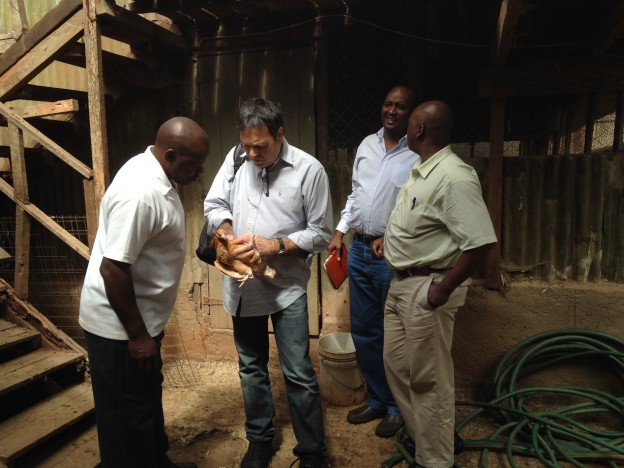
Kenya: Strategies for sale of veterinary products

The livestock industry in Kenya is diverse and differs significantly from one geographical region to the next. Zenovar investigated the characteristics of the various cultivation methods employed and their impact on the veterinary sector.
The organized livestock industry in Kenya is aggregated in several regions around the country. In the other areas, livestock is raised sporadically. Nevertheless, even the organized industry differs greatly from the industrialized agricultural methods used in developed countries. Zenovar studied the livestock industry and analyzed the chain of value of veterinary products from import until it reaches the end customer. The geographical dispersion and varying cultivation methods used in different areas require a diverse system for this industry. Targets and needs were defined and a detailed business plan was formulated in order to present the alternatives for working with this industry in Kenya.
| Type | number of heads (million) | Annual Veterinary expenses per head ($) | Total veterinary expenses (million $) END USER |
| Dairy cows close to Nairobi | 0.5 | 11.33 | 5.7 |
| Dairy cows far from Nairobi | 2.8 | 3.40 | 9.7 |
| Beef cattle close to Nairobi | 1.4 | 5.65 | 7.8 |
| Beef cattle far from Nairobi | 5.5 | 2.00 | 11.1 |
| Beef cattle with bas accessibility | 6.9 | 0.30 | 2.1 |
| Ruminants close to Nairobi | 4.5 | 1.70 | 7.6 |
| Ruminants far from Nairobi | 18.0 | 0.60 | 10.8 |
| Ruminants with bad accessibility | 22.5 | 0.05 | 1.1 |
| Poultry | 40.0 | 0.1 | 3.2 |
| Total | 59.0 |
Categories
Business Planning
Market Analysis